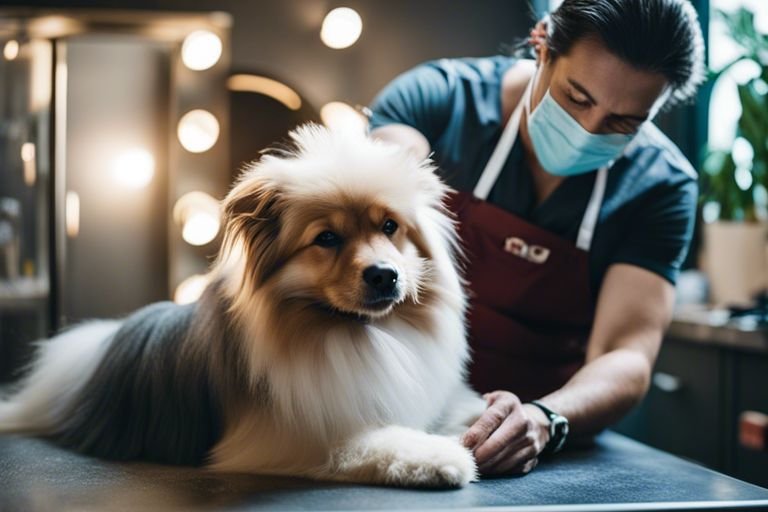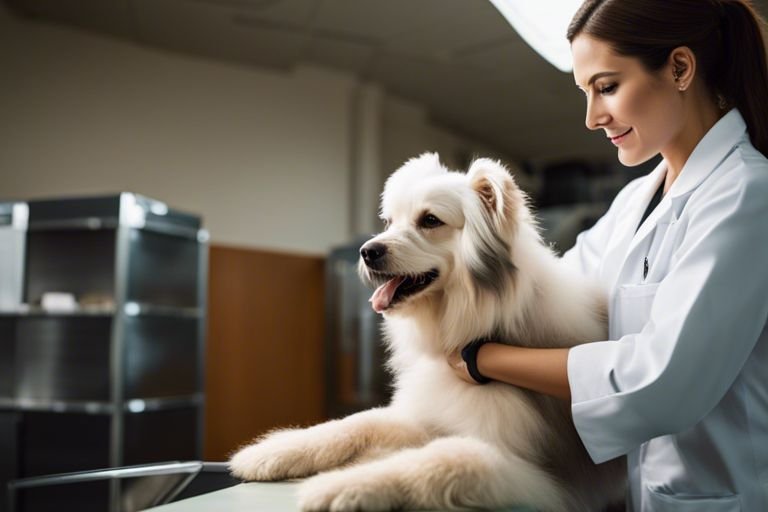Experiencing a fungal infection during grooming can be a common occurrence, but it’s important to know how to identify and treat these issues to prevent them from worsening. Fungal infections can be dangerous if left untreated, leading to more severe skin issues, discomfort, and even spreading to other pets or humans. By knowing the signs and symptoms to look for, and how to properly treat and prevent fungal infections, you can ensure a safe and healthy grooming experience for both you and your pet. In this how-to guide, we will explore the various types of fungal infections, how to identify them, and the best treatment options to keep your furry friend happy and healthy.
Key Takeaways:
- Identify common fungal infections: Be aware of common fungal infections such as ringworm, athlete’s foot, and nail fungus, which can be easily transmitted during grooming.
- Observe signs of infection: Look out for symptoms such as redness, itching, flaking, and unusual odor in affected areas, as these could indicate a fungal infection.
- Practice good hygiene: Encourage proper cleaning and disinfection of grooming tools, surfaces, and equipment to prevent the spread of fungal infections.
- Seek veterinary advice: If you suspect a fungal infection in a pet, consult a veterinarian for proper diagnosis and treatment, as well as guidance on preventing re-infection.
- Use antifungal treatments: Utilize appropriate antifungal shampoos, powders, and creams to effectively treat fungal infections during grooming sessions, following veterinary recommendations.
Identifying Fungal Infections
If you’re a pet owner concerned about fungal infections during grooming, it’s crucial to know how to recognize the signs. A great resource to start is this informative article on Fungal Infections in Dogs – Causes, Symptoms, and Treatments. Being able to identify fungal infections promptly can help you provide proper treatment and prevent further complications for your furry friend.
Common Types and Factors to Consider
When it comes to fungal infections, there are several common types to watch out for, including ringworm, yeast infections, and aspergillosis. Factors to consider include environmental conditions, weakened immune system, and poor grooming habits. Recognizing the specific type of fungal infection and the contributing factors is crucial in deciding the most effective treatment plan.
| Type of Fungal Infection | Factors to Consider |
|---|---|
| Ringworm | Humid environments, contact with infected animals |
| Yeast Infections | Underlying health conditions, excessive moisture in ears or skin folds |
| Aspergillosis | Prolonged exposure to mold spores, weakened immune system |
Signs and Symptoms to Watch For
Factors to keep in mind when looking for signs of fungal infections include itching, redness, inflammation, and unusual odors. Additionally, hair loss, crusty skin, and persistent licking or chewing are also common manifestations. Timely detection of these signs can lead to a quicker recovery and prevent the spread of the infection to other pets or humans in the household.
For instance, if you notice your dog excessively scratching or developing bald patches, this could be indicative of a fungal infection. It’s crucial to monitor any unusual symptoms and seek veterinary attention promptly.

How-to Guide for Treatment
Any fungal infection that persists or worsens after using over-the-counter treatments should be evaluated by a healthcare professional. Treating fungal infections during grooming involves a combination of topical antifungal medications and proper grooming techniques. It is important to follow the recommended treatment plan consistently to effectively eliminate the infection.
Over-the-Counter Solutions and Tips
An effective over-the-counter antifungal cream or powder can be used to treat mild fungal infections at home. Keeping the affected area clean and dry is crucial in preventing the infection from spreading. Use separate grooming tools for the affected areas to avoid cross-contamination.
- Apply antifungal products directly to the affected area
- Wash grooming tools thoroughly after each use
- Keep the area dry with regular applications of antifungal powders
Any secondary bacterial infection should also be treated promptly to prevent further complications.
When to Seek Medical Advice
Seek medical advice if the fungal infection is severe, if there are signs of secondary bacterial infection, or if the infection does not improve with over-the-counter treatments. Individuals with weakened immune systems or diabetes should seek medical treatment for fungal infections to prevent complications. Prescription-strength antifungal medications may be necessary to effectively eliminate the infection.
The presence of redness, swelling, pain, or persistent itching in the affected area may indicate a more serious infection that requires medical intervention. It is important to seek medical advice to receive an accurate diagnosis and appropriate treatment for the fungal infection before it can spread or cause further health issues.
Preventative Measures and Best Practices
Keep your furry friend safe from fungal infections during grooming by following some important preventative measures and best practices. By being aware and taking the necessary steps, you can keep your pet healthy and happy.
Hygiene Tips to Reduce Infection Risk
With hygiene being a key factor in preventing fungal infections, it is important to regularly clean grooming tools and equipment. This includes brushes, combs, and scissors. Additionally, make sure to keep your pet’s grooming area clean and well-maintained.
- Regularly wash and disinfect grooming tools
- Keep grooming area clean and tidy
- Ensure proper storage of grooming equipment
Assume that a clean environment and tools are essential in reducing the risk of fungal infections.
Choosing the Right Grooming Products
Reduce the risk of fungal infections by choosing grooming products carefully. Opt for quality shampoos and conditioners that are specifically formulated for your pet’s coat and skin type. Avoid using expired or contaminated products, and always follow the manufacturer’s guidelines for usage.
Infection-prone areas such as paws and ears should be given extra attention during grooming. Using gentle and non-irritating products in these areas can help prevent fungal infections.

The Importance of Identifying and Treating Fungal Infections During Grooming
The identification and treatment of fungal infections during grooming are crucial in maintaining the health and well-being of your pet. By being aware of the signs and symptoms of a fungal infection, such as redness, itching, and flakiness, you can take the necessary steps to address the issue promptly. Treatment options include antifungal shampoos and topical creams, as well as consulting a veterinarian for more severe cases. It is essential to maintain a clean and hygienic grooming environment to prevent the spread of fungal infections. With proper identification and treatment, you can ensure that your pet stays happy, healthy, and free from fungal-related issues.
FAQ
Q: What are the common signs of fungal infections during grooming?
A: Common signs of fungal infections during grooming include red, inflamed skin, itching, hair loss, and a foul odor. You may also notice crusty or scaly patches on the skin.
Q: How can I identify a fungal infection versus other skin conditions in my pet?
A: To identify a fungal infection during grooming, look for specific signs such as the presence of circular, red patches with a raised edge. Fungal infections can also cause hair to become brittle and break easily. It’s important to consult a veterinarian for an accurate diagnosis and appropriate treatment.
Q: What are the recommended treatment options for fungal infections during grooming?
A: The recommended treatment for fungal infections during grooming typically includes antifungal shampoos, creams, or oral medications prescribed by a veterinarian. It’s important to thoroughly clean grooming tools and disinfect grooming areas to prevent the spread of the infection. Additionally, maintaining proper hygiene and regular grooming practices can help prevent future fungal infections in pets.
